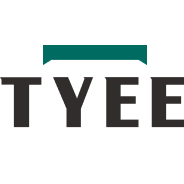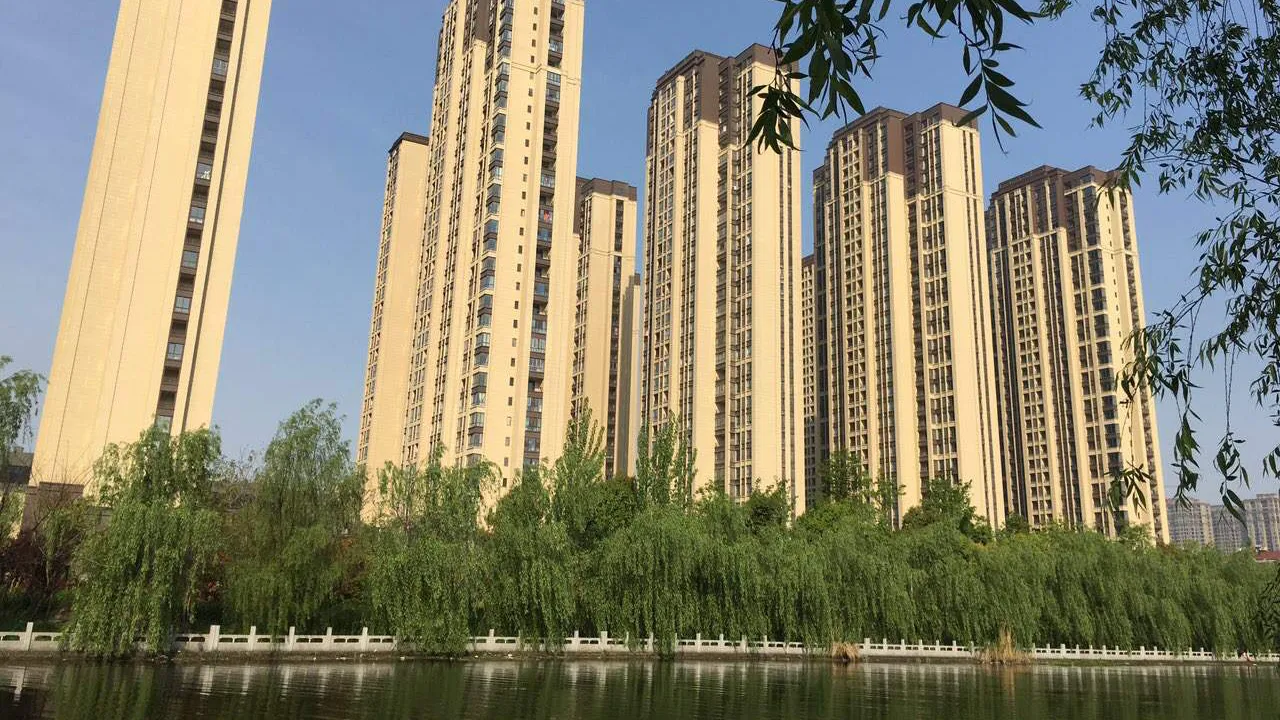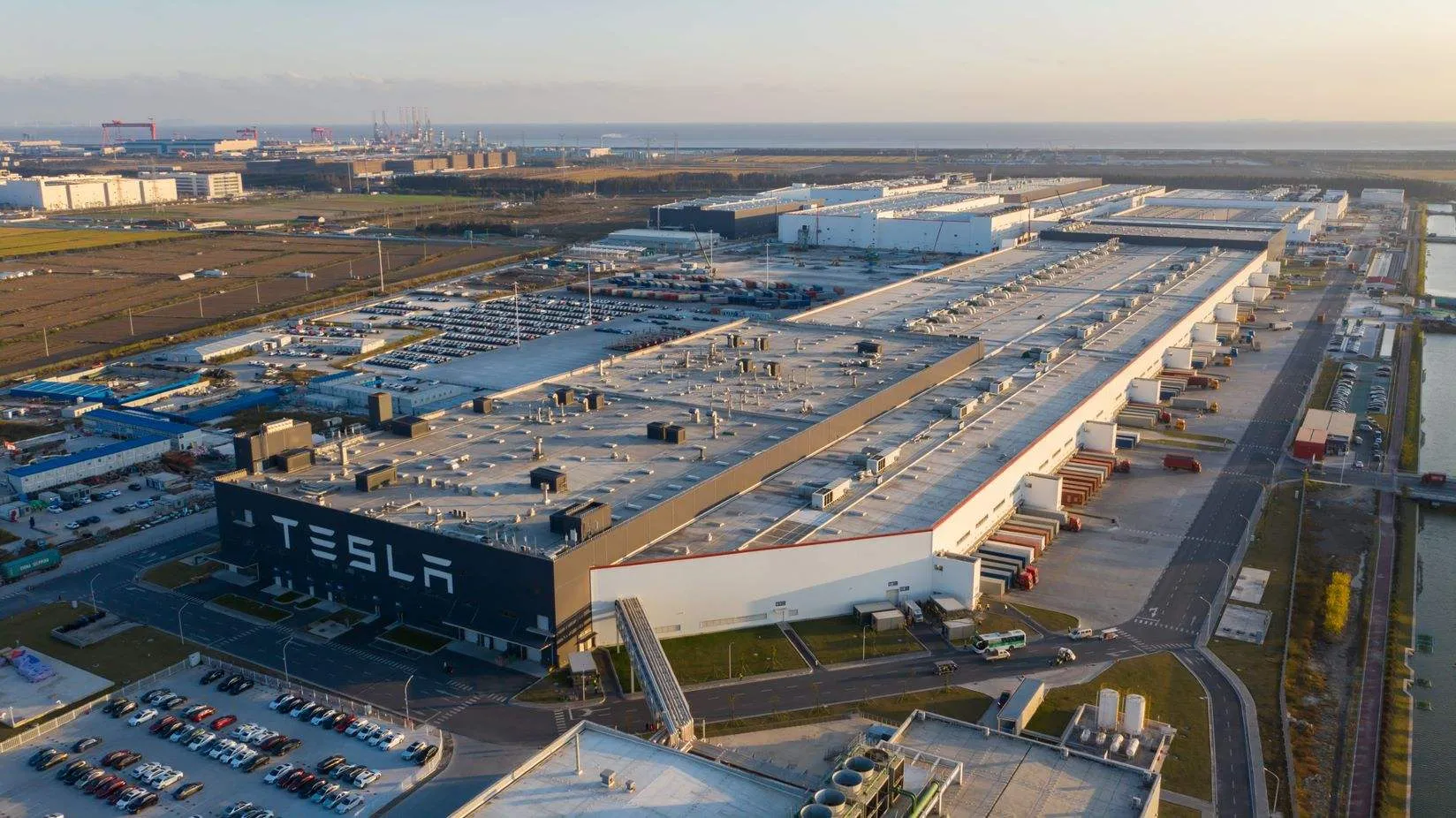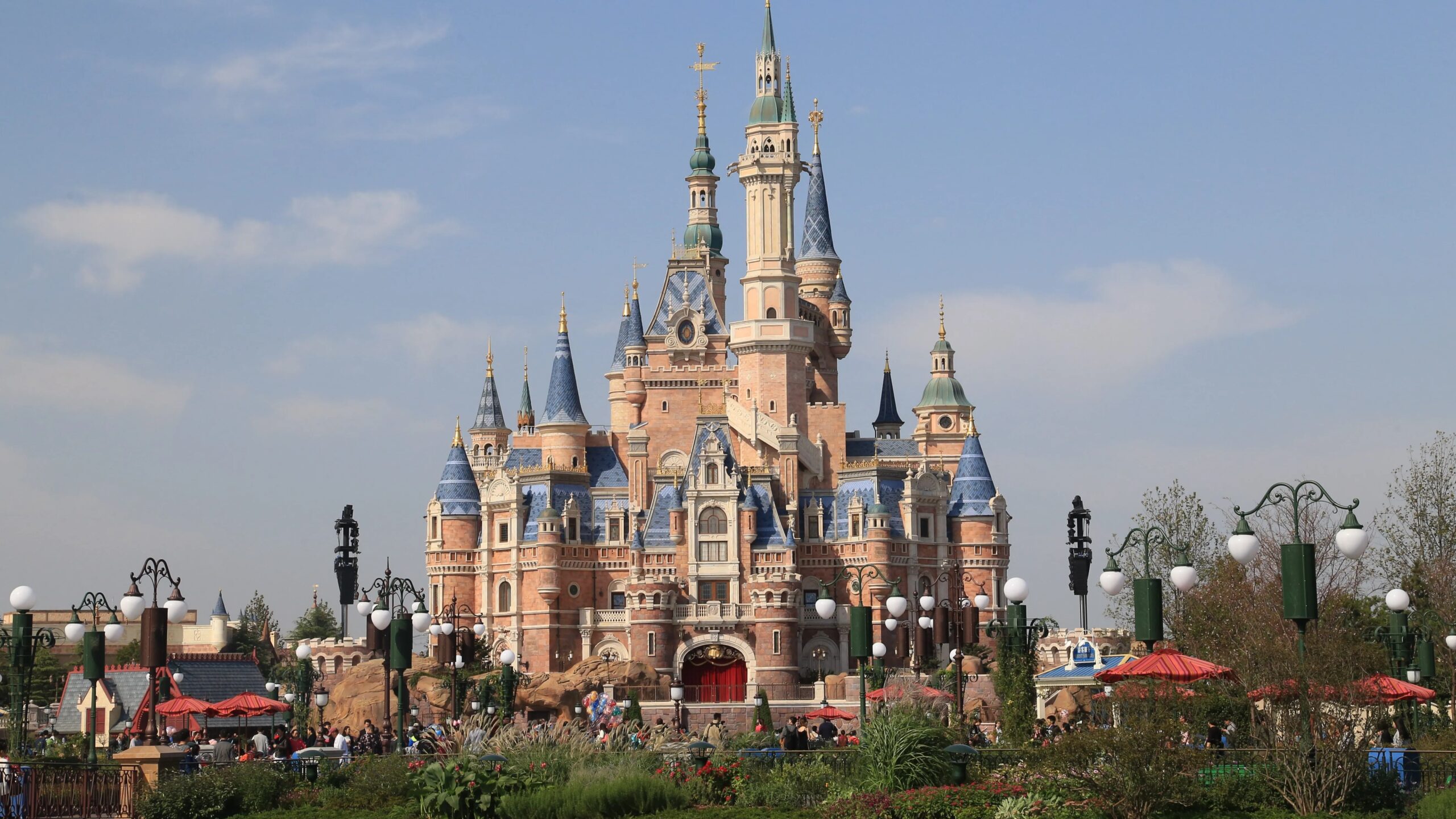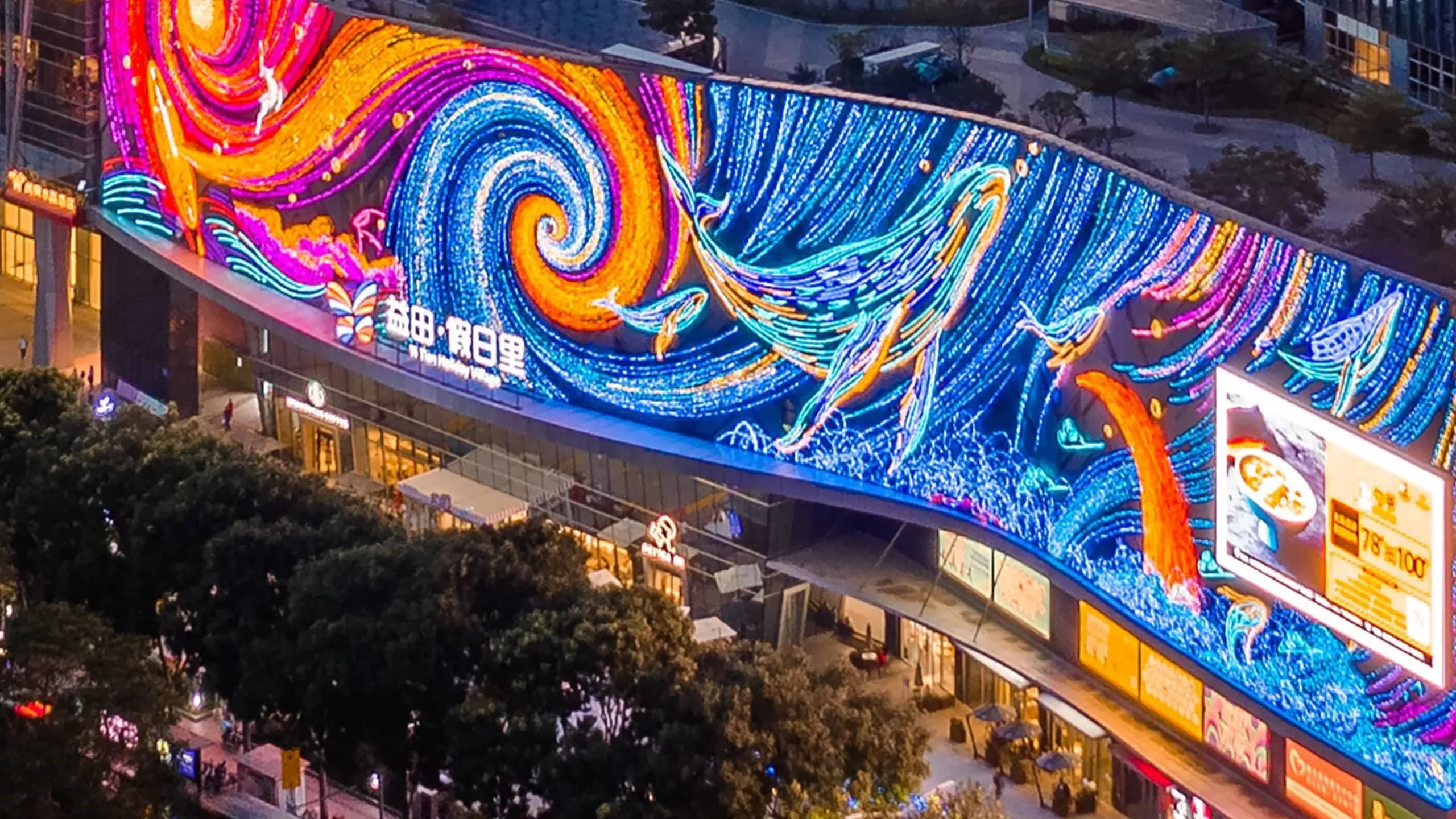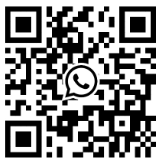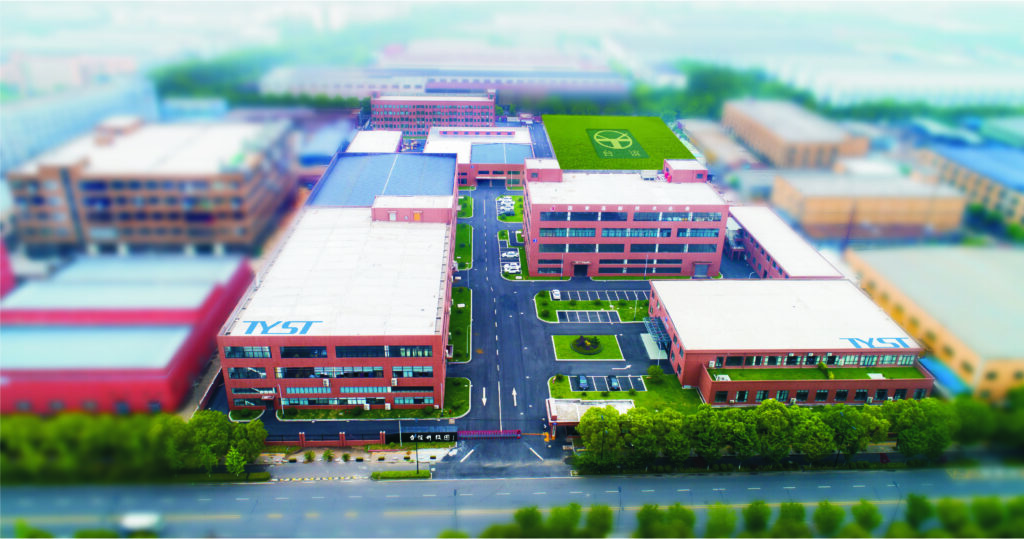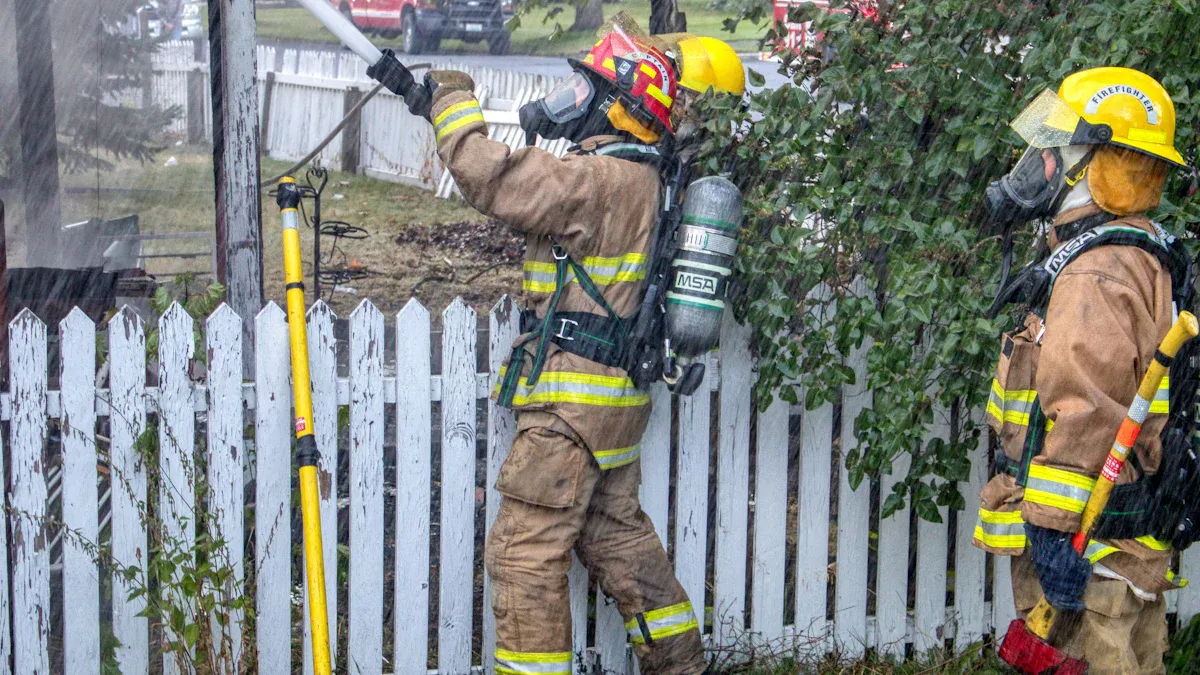
Effective Fire Safety in Developing Regions requires rules tailored to local needs, community risk reduction, improved infrastructure, and education. Fire Safety in Developing Regions faces unique challenges. Research shows that fire risk increases as cities expand and informal settlements grow. Many communities in developing regions lack adequate fire safety infrastructure, leading to loss of homes, displacement, and significant financial hardship. Power outages and delayed emergency response often occur when critical infrastructure fails. Conducting thorough risk assessments, educating the public, and engaging the community are key strategies to enhance safety. The Singapore Smart Fire Safety approach demonstrates how innovative, locally-adapted solutions and strong collaboration can make a difference.
Over 180,000 people die each year from fires or burn injuries, with most fatalities occurring in low- and middle-income countries.
Informal settlements in developing regions experience high rates of death and displacement due to weak fire safety measures.
Urban planning and community risk reduction, inspired by models like Singapore Smart Fire Safety, can lower fire risk and improve outcomes for residents.
Key Takeaways
Identify local fire hazards and make a simple, practical plan to fix them.
Raise awareness with clear language, relatable stories, and support from local leaders.
Use low-cost safety tools like smoke alarms and fire extinguishers to detect and stop fires quickly.
Practice fire drills often so the community stays calm and ready in emergencies.
Adapt solutions to local needs and work with neighbors and community groups to improve safety.
Fire Risks in Developing Regions
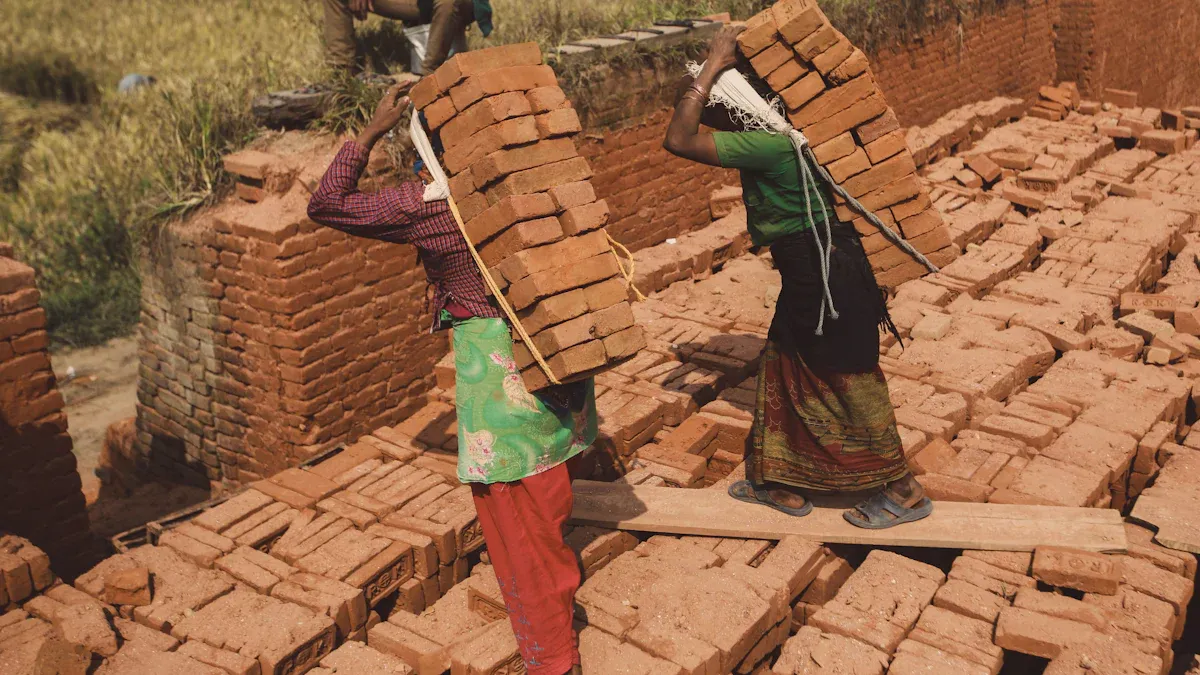
Urban Growth and Informal Settlements
Cities in developing regions grow very fast. People build homes close together in these areas. Many houses are made from wood and plastic. These materials catch fire easily. Some people connect electricity in unsafe ways. This makes fires more likely. Streets are narrow and sometimes blocked. Fire trucks cannot get through quickly. Kitchens are often in crowded spaces. This can be dangerous. People use unsafe fuels for cooking and lighting. This raises the chance of fire. In Ghana, informal settlements are growing fast. There are not enough fire hydrants or tools to fight fires. People help each other and use sand or buckets to put out fires. These problems make it hard to keep cities safe from fires.
Tip: Fixing and improving informal settlements can lower fire risk and help cities stay safer.
Buildings close together make it hard for fire trucks to get in.
Wood and plastic used in homes can catch fire easily.
Unsafe electricity connections often start fires.
Not enough fire hydrants or tools make fires harder to stop.
People use buckets and sand to fight fires.
Common Hazards and Vulnerabilities
Low-income communities face many dangers. People cook on open fires or wobbly stoves. They use fuels that can catch fire for heating and light. Unsafe wires and not knowing safety rules add risk. Crowded homes help fires spread fast. Drinking alcohol and setting fires on purpose also cause problems. Flammable building materials and blocked roads make things worse. Poor families have fewer ways to stay safe. Older adults and people with disabilities have trouble escaping fires. Some people do not speak the main language. Living in group homes can raise fire risk. Disaster help often goes to richer people first, leaving others in danger.
Community Risk Reduction Strategies
Community risk reduction is very important for fire safety. You can help your area by learning about risks. You should teach others and practice what to do in emergencies. These actions help everyone stay safe. They also help people think about fire safety all the time.
Community Risk Assessment (CRA)
A community risk assessment shows where fires could start. It also shows who might get hurt. You look at buildings, roads, and how people live. You check for fire hydrants, safe wires, and ways to escape. Here are the main steps you can use:
Find all fire risks, like unsafe cooking or bad wiring.
See which groups are most at risk, such as kids or older adults.
Choose the biggest dangers to work on first.
Make a plan to lower risks based on what you learn.
Use the five E’s: education, engineering, enforcement, emergency preparedness, and engagement.
Give rewards, like free smoke alarms, to help people be safer.
Tip: Use maps and simple surveys to learn about your area. This helps you see problems and make better plans.
You can use technology and data to watch risks over time. If you check your plan often, it stays strong and works well.
Fire Safety Awareness and Education
Teaching people about fire safety saves lives. You can run campaigns using local languages and customs. When you include everyone, more people learn how to stop fires and act fast.
Hold meetings in schools, markets, and community centers.
Tell stories and use real examples to help people remember.
Give out materials that are easy to read and understand.
Fix problems like language, childcare, or transport so all can join.
Work with local leaders to build trust and get more people involved.
Note: When residents help plan and teach, they care more about fire safety. This makes community risk reduction stronger.
Campaigns work best when you listen to people’s worries and answer questions. You can also team up with local groups to reach more families and share fire safety tips.
Local Training and Drills
Practicing what to do in a fire helps people stay calm. You can set up drills in schools, workplaces, and neighborhoods. Here are some good ideas:
Change training for local needs and different ages.
Run drills at different times, sometimes as a surprise, to test readiness.
Ask local fire departments to join and give advice.
Use radios or loudspeakers to help people during drills.
Talk after each drill about what went well and what needs work.
Make sure everyone, including people with disabilities, can join safely.
Get parents and community members to help plan and practice.
Practicing together helps people work as a team and feel confident. Regular drills show weak spots in your plan so you can fix them before a real fire.
Studies show that drills help people respond faster and stay calm. They also help you find people who need extra help in a fire. When drills happen often, people think about safety first and keep working to lower risks.
Fire Safety Regulations and Enforcement
Adapting Codes to Local Context
Fire safety rules should match your community’s needs. Some places use rules from other countries. These rules may not fit local homes or ways of living. Changing the rules helps people follow them better. You can talk with leaders and builders to make good rules for your area. For example, you might let people use safer stoves instead of stopping open fires right away. Simple checklists can help families know what to do at home.
Tip: Ask people in the community to help make new rules. They know what works best where they live.
Old buildings may not meet new rules. Some people may not want to change. You can help by teaching people and giving small rewards for safer homes. Listening to what people need builds trust and keeps everyone safer.
Strengthening Regulatory Systems
Rules only work if people follow them. Many places have problems with this:
There is not enough firefighting gear or workers.
Bad roads and little water make fighting fires hard.
Some people do not think fire risk is important or do not like new rules.
Different laws in each place make it hard to use the same rules.
People do not always learn about fire safety, so they do not follow the rules.
You can make things better by sharing tools and using technology. Mobile apps can help inspectors check homes faster. Public ads and rewards can help people follow the rules. Training more inspectors and working with local groups helps a lot.
Note: Teaching people and working with the community helps everyone see why fire safety is important.
Infrastructure and Technology Solutions
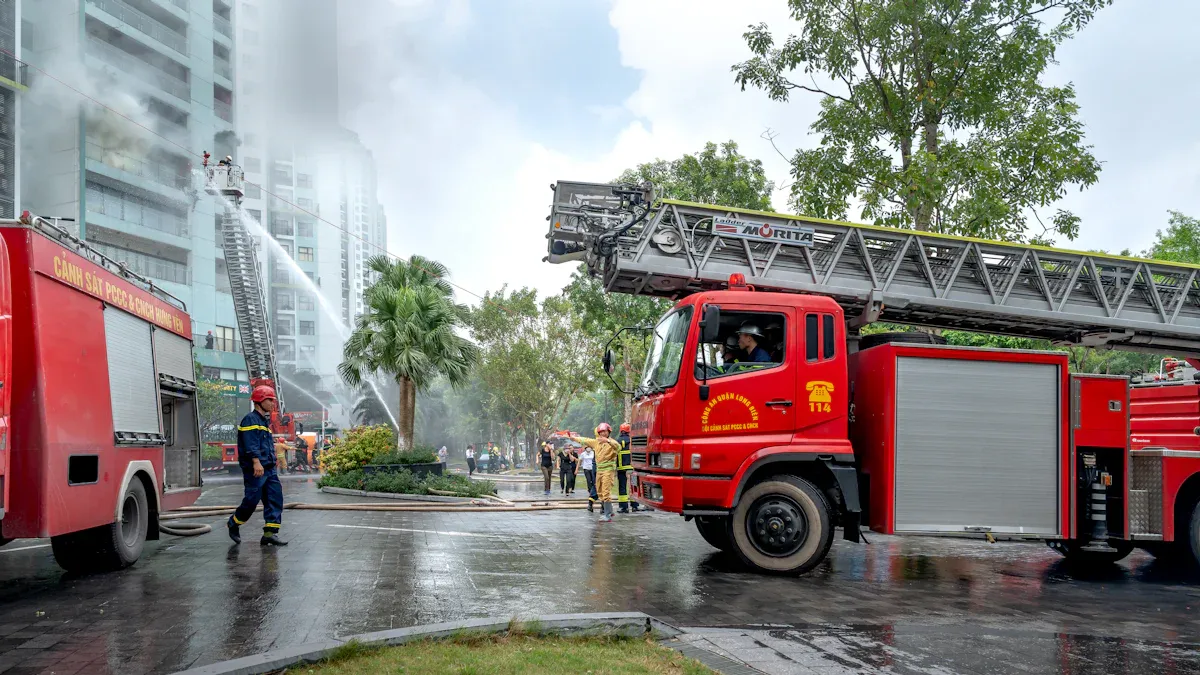
Affordable Fire Protection Systems
You can protect your community with simple and affordable tools. Smoke alarms and fire extinguishers help you spot fires early and put them out quickly. These devices cost less and work well in homes and schools. Sprinklers offer strong protection, especially for older adults and children. Some places find sprinklers expensive, but they help save lives when you can use them.
Tip: Fire safety education makes these tools even more effective. When you learn how to use alarms and extinguishers, you respond faster during emergencies.
You can also join programs where firefighters visit homes. They install smoke alarms and teach families how to escape safely. These visits help children remember what to do if a fire starts. When parents join fire safety lessons, everyone learns better. Local fire departments and housing groups often run these programs.
Smoke alarms warn you early.
Fire extinguishers help you stop small fires.
Sprinklers protect people who need extra help.
Fire safety lessons teach you how to act fast.
Mobile and Early Warning Tools
You can use technology to get fire warnings quickly. Wireless sensor networks check for heat, smoke, and dangerous gases in real time. These sensors send alerts to your phone, so you know when a fire starts. Some systems use special batteries that get power from heat or movement. This means they work even when you do not have electricity.
Mobile devices help you get alerts fast. You can use apps that show fire risks based on weather and dryness. Some systems use smart tools like machine learning to spot fires and avoid false alarms. These tools help you act before a fire spreads.
Note: Early warning systems work best when you review and improve them often. You need to check if sensors and alerts work well. When you keep systems up to date, you lower the chance of fire losses.
New models use drones and small devices to find fires quickly. These tools cover more ground than fixed cameras. They help you spot fires in places that are hard to reach. When you use early warning tools, you protect your community and make fire safety stronger.
Building Institutional Capacity
Fire Safety Management Plans
Making a fire safety management plan helps keep everyone safe. These plans help you get ready for emergencies. They also protect people with disabilities. Here are the main steps you should follow:
Teach workers how to stop fires and use checklists to find dangers.
Check alarms, extinguishers, and sprinklers often to make sure they work.
Draw simple maps that show how to leave and who to call for help.
Make a fire safety team to explain the plan and help others.
Look at floor plans to keep exits open and tools ready.
Write down what to do in drills and real fires so people know the difference.
Choose safe places outside for everyone to meet after leaving.
Tip: Always think about people with disabilities when you plan. Use checks to find things that block their way. Give evacuation chairs and teach staff how to help. Share safety tips in Braille or large print. Use alarms that flash, make noise, or shake.
You should also handle dangerous materials safely and keep notes on all checks. Talking clearly helps everyone know what to do. Work with local fire departments to make your plan better.
Partnerships and Funding
Working with others helps you build better fire safety. Local governments often team up with groups like the UN or NGOs. These groups share money, tools, and ideas. When you work together, you can get help faster and learn from experts.
Countries share tools and help each other during big fires.
NGOs start projects to teach people and help local fire teams.
International groups give money and tools to help you stay safe.
You can also find new ways to pay for fire safety. Some places use both public and private money or special taxes. Others sell things made from fuel management, like wood chips, to get funds. These ideas help you use your money well and get more people to help keep your area safe.
Note: When you work with others and use smart ways to pay, your fire safety plans last longer and help more people.
Singapore Smart Fire Safety: Lessons for Developing Regions
Key Innovations from Singapore
Singapore uses smart technology to help keep people safe from fires. There are many new ideas that make fire safety better. AI-driven fire detection systems use sensors to find fires early. These systems help guide people to safety. Automated water mist sprinklers put out fires fast and use less water. This helps protect buildings and saves money. Drones with infrared cameras help firefighters see fires and rescue people quickly. Smart evacuation signs and voice systems show the safest way out. IoT-enabled fire extinguishers send updates to building managers right away. Building Information Modeling helps plan fire safety before problems happen. Community training and mobile alerts connect people to emergency help fast. Green fire protection uses eco-friendly agents and saves energy.
Singapore’s fire safety systems work with building management and emergency networks. They use real-time data and predictive analytics to spot dangers quickly. This means fewer false alarms and better safety for everyone. Singapore’s rules help find fires early and use smart solutions. Buildings are safer and work better than older systems.
Note: Smart fire safety can save lives, lower costs, and help the environment in developing regions.
Adapting Smart Solutions Locally
You can use ideas from Singapore to make fire safety better in your area. Singapore changes international fire codes to fit its own needs. You can change rules to match your risks, climate, and culture. Smart technology works best when you adjust it for your community. Wireless alarms and mobile alerts help in places where wiring is hard. Training programs with virtual reality or simple apps teach people what to do in a fire. Drones and sensors can watch for fires in crowded neighborhoods.
There are some problems. High costs and not enough skilled workers make it hard to use advanced systems. You can start small with affordable tools and train local people. Working with governments and aid groups can help you get money and support.
Tip: When you change smart solutions to fit your area, fire safety gets stronger and lasts longer in developing regions.
You can help make your community safer by doing easy things that work. First, check for fire dangers often and change your plans when needed. Work with your neighbors, local fire teams, and groups like NGOs to share what you know and what you have. When people in the community work together, like in Southeast Asia, they come up with good ideas and help each other.
Practice fire drills many times
Pick building materials that do not burn easily
Fire safety gets better when everyone pays attention, helps each other, and keeps trying to do more.
FAQ
What is the first step to improve fire safety in my community?
You should start with a community risk assessment. This helps you find dangers and decide what to fix first. You can use simple surveys or maps to learn about your area.
How can I teach fire safety if people speak different languages?
Use pictures, stories, and local leaders to share fire safety tips. You can hold meetings in common places and use simple words. This helps everyone understand, even if they speak different languages.
Are there low-cost ways to protect homes from fire?
You can install smoke alarms and use fire extinguishers. You can also keep exits clear and practice fire drills. These steps cost little but help save lives.
Who should I contact for help with fire safety projects?
Local fire departments
Community leaders
Non-governmental organizations (NGOs)
International aid groups
You can work together with these groups to get training, tools, and support.

